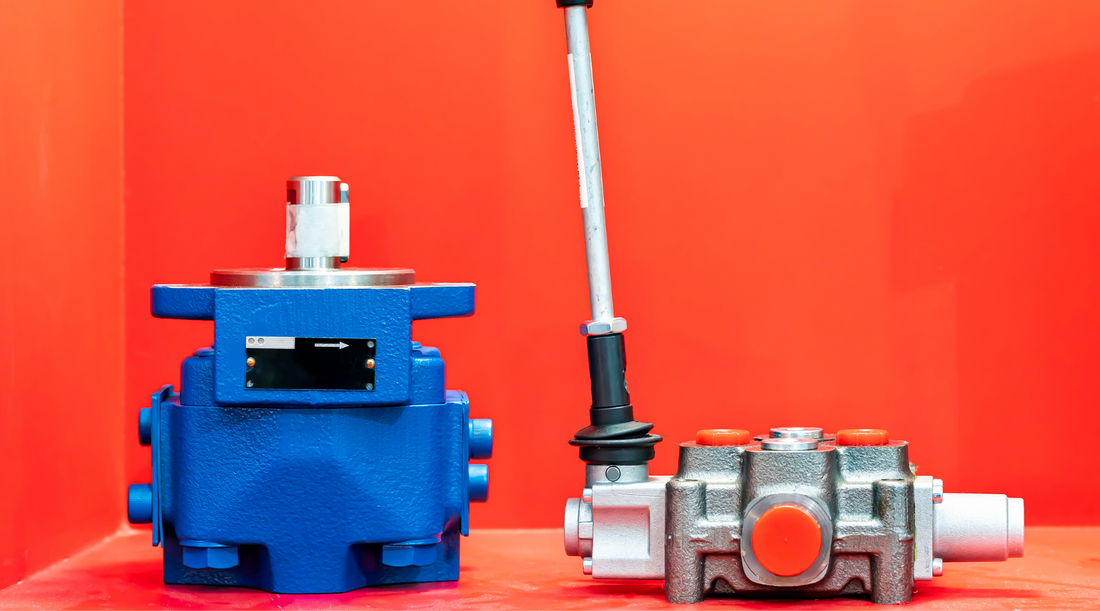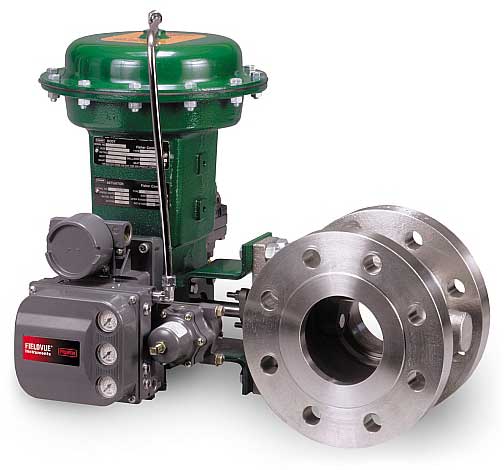Enhancing Operational Efficiency with Advanced Control Valves

Maximize Energy Savings and Convenience With Advanced Building Automation Controls
In the world of modern-day design and facility administration, the combination of innovative structure automation regulates stands as a pivotal development. The convergence of technology and sustainability has actually birthed a new period where power performance, convenience optimization, and functional streamlining are no much longer obtainable realities but remote aspirations. By utilizing the power of automation, structures can adapt, respond, and progress in means that were when unthinkable. The capacity for substantial power financial savings and boosted convenience is not just an assurance yet an opportunity waiting to be satisfied. This paradigm shift in structure management holds the vital to unlocking a globe where environmental conscientiousness and passenger well-being harmoniously exist together within the walls of our structures.
Power Efficiency Benefits
Energy performance advantages can dramatically minimize energy intake and functional expenses in structures. Energy-efficient systems, such as sophisticated building automation controls, can maximize the usage of resources like heating, air conditioning, and illumination, leading to lower energy expenses over time.
Additionally, improved energy effectiveness can extend the life-span of structure equipment and systems. By operating more efficiently, heating and cooling systems, light, and other building components experience much less wear and tear, leading to minimized upkeep and replacement expenses. Furthermore, energy-efficient structures commonly regulate higher property worths and rental prices, offering long-term economic advantages to proprietors.
Moreover, energy efficiency can improve owner comfort and productivity. Correctly controlled interior environments with optimum lighting and thermal conditions develop a more helpful and pleasurable work space, bring about enhanced employee contentment and efficiency. Overall, the energy performance benefits connected with sophisticated structure automation controls are complex, including cost financial savings, environmental stewardship, and owner well-being.
Boosted Convenience Control
Enhancing comfort control in building settings requires an innovative integration of advanced automation systems for optimum resident health. By making use of innovative building automation controls, facilities can customize the indoor environment to meet the details demands and preferences of occupants. control valves.
Improved convenience control goes past standard temperature level adjustments. It includes attributes such as individualized setups, tenancy sensors, and all-natural light application to produce a vibrant and receptive setting. By including these advanced controls, buildings can not only boost comfort but likewise improve energy effectiveness by optimizing system operations based upon real tenancy and usage patterns. Eventually, focusing on resident comfort with innovative automation systems leads to a much more enjoyable and healthier interior environment.
Operational Effectiveness Improvements

Furthermore, the implementation of real-time tracking and analytics devices enables structure drivers to identify power inadequacies and operational abnormalities promptly. By continually checking energy use patterns and system efficiency metrics, adjustments can be made in real-time to enhance energy usage and guarantee peak operational performance. control valves. Furthermore, including need action methods right into building automation controls can additionally enhance operational efficiency by dynamically adjusting energy use based on grid conditions and prices signals
Indoor Climate Optimization
Effective interior climate optimization is a basic element of structure automation controls, making sure residents' comfort and well-being while maximizing you could try here power cost savings. By utilizing sophisticated sensors and controls, constructing automation systems can continually check and change temperature level, humidity levels, air quality, and air flow to develop an optimal interior atmosphere. Preserving consistent and comfy problems not just boosts passenger fulfillment but also improves efficiency and total well-being.
Indoor climate optimization likewise plays a crucial role in energy performance. By fine-tuning heating, ventilation, and air conditioning systems based on real-time information and occupancy patterns, building automation controls can dramatically lower power intake - control valves. For example, implementing techniques such as demand-controlled ventilation and thermal zoning can help reduce power waste while guaranteeing that each location of the building gets the necessary conditioning.

Lasting Environment Production
Building automation controls not just enhance interior climate problems for power efficiency and owner comfort but also lay the foundation for creating a sustainable setting with calculated monitoring of sources and systems. By integrating advanced building automation technologies, such as sensors, actuators, and intelligent software program, facilities can change and keep an eye on energy usage in real-time to decrease waste and reduce their carbon impact. These systems allow predictive upkeep, identifying potential issues before they intensify and maximizing devices efficiency to enhance longevity and performance.
In addition, sustainable environment production extends past power management to incorporate water conservation, waste decrease, and indoor air top quality improvement. Building automation controls can manage water usage, spot leakages, and ensure appropriate garbage disposal methods, adding to general sustainability initiatives. In addition, by controlling and keeping an eye on air flow and filtration systems, these technologies enhance resident health and efficiency while decreasing energy usage related to a/c operations.
Final Thought
To conclude, advanced structure automation regulates deal substantial advantages in terms of power savings, comfort control, operational efficiency, indoor environment optimization, click for info and producing a lasting setting. By executing these controls, structures can accomplish ideal efficiency while decreasing power intake and improving passenger convenience. It is apparent that the usage of advanced automation modern technology is crucial in enhancing structure performance and creating a more lasting future.
Energy efficiency benefits can considerably decrease energy usage and functional prices in structures. Overall, the energy performance advantages linked with sophisticated building automation controls are multifaceted, including price savings, environmental stewardship, More Bonuses and resident well-being.
Furthermore, integrating demand response techniques right into structure automation controls can better improve operational efficiency by dynamically readjusting energy use based on grid conditions and pricing signals.
Structure automation controls not only optimize interior environment conditions for energy efficiency and passenger convenience yet likewise lay the foundation for producing a lasting atmosphere through tactical administration of resources and systems.In final thought, progressed building automation manages deal considerable advantages in terms of power savings, comfort control, operational effectiveness, indoor climate optimization, and producing a lasting environment.